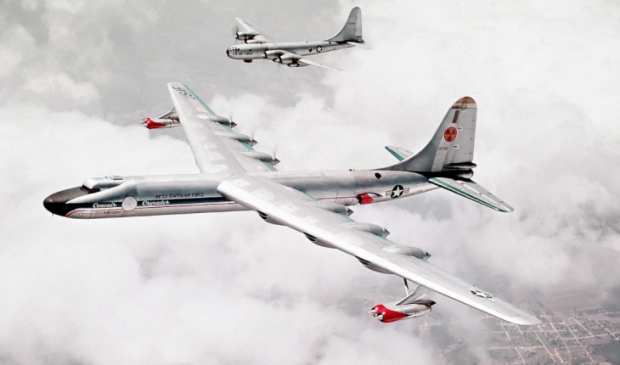
Breaking News
 Tucker shares 'backroom' info about brawl between him and Israel First crowd…
Tucker shares 'backroom' info about brawl between him and Israel First crowd…
 Why Isn't There a Cure for Alzheimer's Disease?
Why Isn't There a Cure for Alzheimer's Disease?
 US Government Revokes 80,000 Visas
US Government Revokes 80,000 Visas
 OpenAI CEO Sam Altman served legal papers during speech in dramatic on-stage ambush
OpenAI CEO Sam Altman served legal papers during speech in dramatic on-stage ambush
Top Tech News
 Goodbye, Cavities? Scientists Just Found a Way to Regrow Tooth Enamel
Goodbye, Cavities? Scientists Just Found a Way to Regrow Tooth Enamel
 Scientists Say They've Figured Out How to Transcribe Your Thoughts From an MRI Scan
Scientists Say They've Figured Out How to Transcribe Your Thoughts From an MRI Scan
 SanDisk stuffed 1 TB of storage into the smallest Type-C thumb drive ever
SanDisk stuffed 1 TB of storage into the smallest Type-C thumb drive ever
 Calling Dr. Grok. Can AI Do Better than Your Primary Physician?
Calling Dr. Grok. Can AI Do Better than Your Primary Physician?
 HUGE 32kWh LiFePO4 DIY Battery w/ 628Ah Cells! 90 Minute Build
HUGE 32kWh LiFePO4 DIY Battery w/ 628Ah Cells! 90 Minute Build
 What Has Bitcoin Become 17 Years After Satoshi Nakamoto Published The Whitepaper?
What Has Bitcoin Become 17 Years After Satoshi Nakamoto Published The Whitepaper?
 Japan just injected artificial blood into a human. No blood type needed. No refrigeration.
Japan just injected artificial blood into a human. No blood type needed. No refrigeration.
 The 6 Best LLM Tools To Run Models Locally
The 6 Best LLM Tools To Run Models Locally
 Testing My First Sodium-Ion Solar Battery
Testing My First Sodium-Ion Solar Battery
 A man once paralyzed from the waist down now stands on his own, not with machines or wires,...
A man once paralyzed from the waist down now stands on his own, not with machines or wires,...
Nuclear powered drones are technically feasible and could fly for years

China has put $3.3 billion into making new highly compact nuclear reactors which would also use for nuclear powered drones.
The potential impact of nuclear-powered drones can be seen by comparing them with existing aircraft such as the MQ-9 Reaper, which is used extensively in Afghanistan and Pakistan in operations against insurgents. The Reaper presently carries nearly two tonnes of fuel in addition a similar weight of munitions and other equipment and can stay airborne for around 42 hours, or just 14 hours when fully loaded with munitions.
Above – An air-to-air view of the Convair NB-36H Peacemaker experimental aircraft (s/n 51-5712) and a Boeing B-50 Superfortress chase plane during research and development taking place at the Convair plant at Forth Worth, Texas (USA). The NB-36H was originally a B-36H-20-CF damaged at Carswell Air Force Base, also at Forth Worth, by a tornado on 1 September 1952. This plane was called the Nuclear Test Aircraft (NTA) and was redesignated XB-36H, then NB-36H, and was modified to carry a three megawatt, air-cooled nuclear reactor in its bomb bay.



